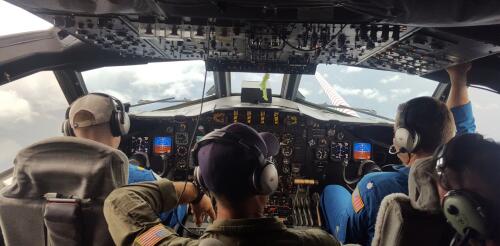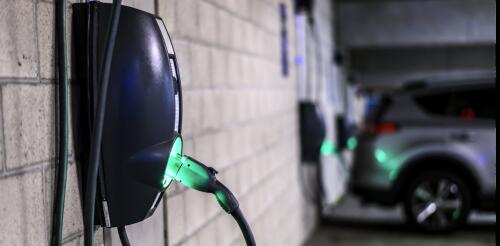Climate change
Imagine a future where, despite efforts to reduce greenhouse gas emissions quickly, parts of the world have become unbearably hot. Some governments might decide to “geoengineer” the planet by spraying substances into the upper atmosphere to form fine reflective aerosols – a process known as stratospheric aerosol injection. Theoretically, those tiny particles would reflect a little more sunlight back to space, dampening the effects of global warming. Some people envision it having the effect of a volcanic eruption, like Mount Pinatubo in 1991, which cooled the planet by about half a degree Celsius on average for many months. However, like that eruption, the effects could vary widely across the surface of the globe. How quickly might you expect to notice your local temperatures falling? One year? Five years? Ten years? What if your local temperatures seem to be going up? As it turns out, that is exactly what could happen. While modeling studies show that strato...
Patagonia founder Yvon Chouinard, his wife and their two adult children have irrevocably transferred their ownership of the outdoor apparel company to a set of trusts and nonprofit organizations. From now on, the corporation’s profits will fund efforts to deal with climate change, as well as protect wilderness areas. It will, however, remain a privately held enterprise. According to initial reports about this unusual approach to philanthropy that ran on Sept. 14, 2022, Patagonia is worth about US$3 billion and its profits that will be donated in perpetuity could total $100 million every year. The Conversation U.S. asked Indiana University’s Ash Enrici – a scholar who studies how philanthropy affects the environment – to explain why this arrangement is so significant. 1. Is this move part of a trend? The biggest donors, those giving away billions of dollars, are increasingly making climate change a priority. Amazon founder Jeff Bezos, for example, announ...
As a hurricane intensifies, hurricane hunters are in the sky doing something almost unimaginable: flying through the center of the storm. With each pass, the scientists aboard these planes take measurements that satellites can’t and send them to forecasters at the National Hurricane Center. Jason Dunion, a University of Miami meteorologist, has led hurricane field programs for the National Oceanic and Atmospheric Administration. He described the technology the team uses to gauge hurricane behavior in real time and the experience aboard a P-3 Orion as it plunges through the eyewall of a hurricane. What happens aboard a hurricane hunter when you fly into a storm? Basically, we’re take a flying laboratory into the heart of the hurricane, all the way up to Category 5s. While we’re flying, we’re crunching data and sending it to forecasters and climate modelers. In the P-3s, we routinely cut through the middle of the storm, right into the eye. Picture an X p...
A nationally representative survey of 8,027 Americans shows that across all racial demographics, overall interest in purchasing electric vehicles is high. Among those surveyed, 33% of white respondents, 38% of Black respondents, 43% of Latinos and 52% of Asian Americans say they would “definitely” or “seriously consider” purchasing or leasing an EV as their next vehicle. The survey was conducted by Consumer Reports, with input from the nonprofit advocacy groups GreenLatinos, the Union of Concerned Scientists and EVNoire and administered between Jan. 27 and Feb. 18, 2022, by NORC at the University of Chicago, an objective, nonpartisan research organization. Electric vehicles are critical for reducing transportation emissions, but communities of color currently adopt this key technology at lower rates than white drivers. This survey, for which I was an adviser, helps to shed light on some of the reasons for this disparity. Cleaner air for all Air pollut...
Electric planes might seem futuristic, but they aren’t that far off, at least for short hops. Two-seater Velis Electros are already quietly buzzing around Europe, electric sea planes are being tested in British Columbia, and larger planes are coming. Air Canada announced on Sept. 15, 2022, that it would buy 30 electric-hybrid regional aircraft from Sweden’s Heart Aerospace, which expects to have its 30-seat plane in service by 2028. Analysts at the U.S. National Renewable Energy Lab note that the first hybrid electric 50- to 70-seat commuter plane could be ready not long after that. In the 2030s, they say, electric aviation could really take off. That matters for managing climate change. About 3% of global emissions come from aviation today, and with more passengers and flights expected as the population expands, aviation could be producing three to five times more carbon dioxide emissions by 2050 than it did before the COVID-19 pandemic. Aerospace engineer and assi...




